Armed Forces
„Tobruq Legacy-19”: Polish Industry Has a Lot to Brag About [Photos]
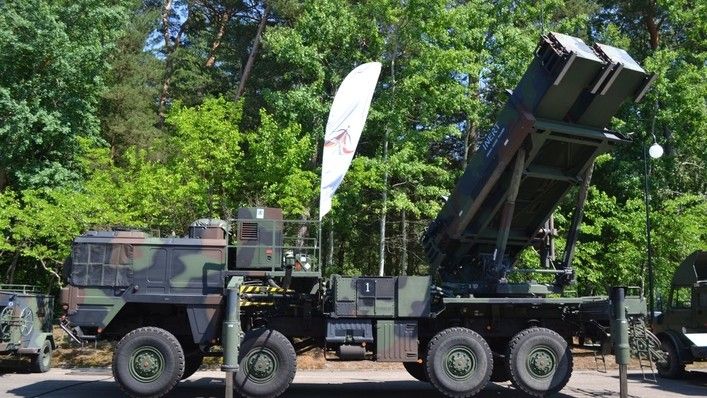
During the NATO “Tobruq Legacy-19” air defence exercise organized in Ustka, the Polish industry has proven that it can get actively involved in creation of a new generation air defence system in Poland. The solutions that have already been developed in that domain can be compared to their leading counterparts created globally.
The fact that the Polish industry has a lot to brag about could have been seen both during the “Tobruq Legacy-19” exercise, as well as during an occasional exhibition organized at the command of the CPSP air force’s central training range in Ustka. The former case refers to two domains: C2 systems and SHORAD missiles.
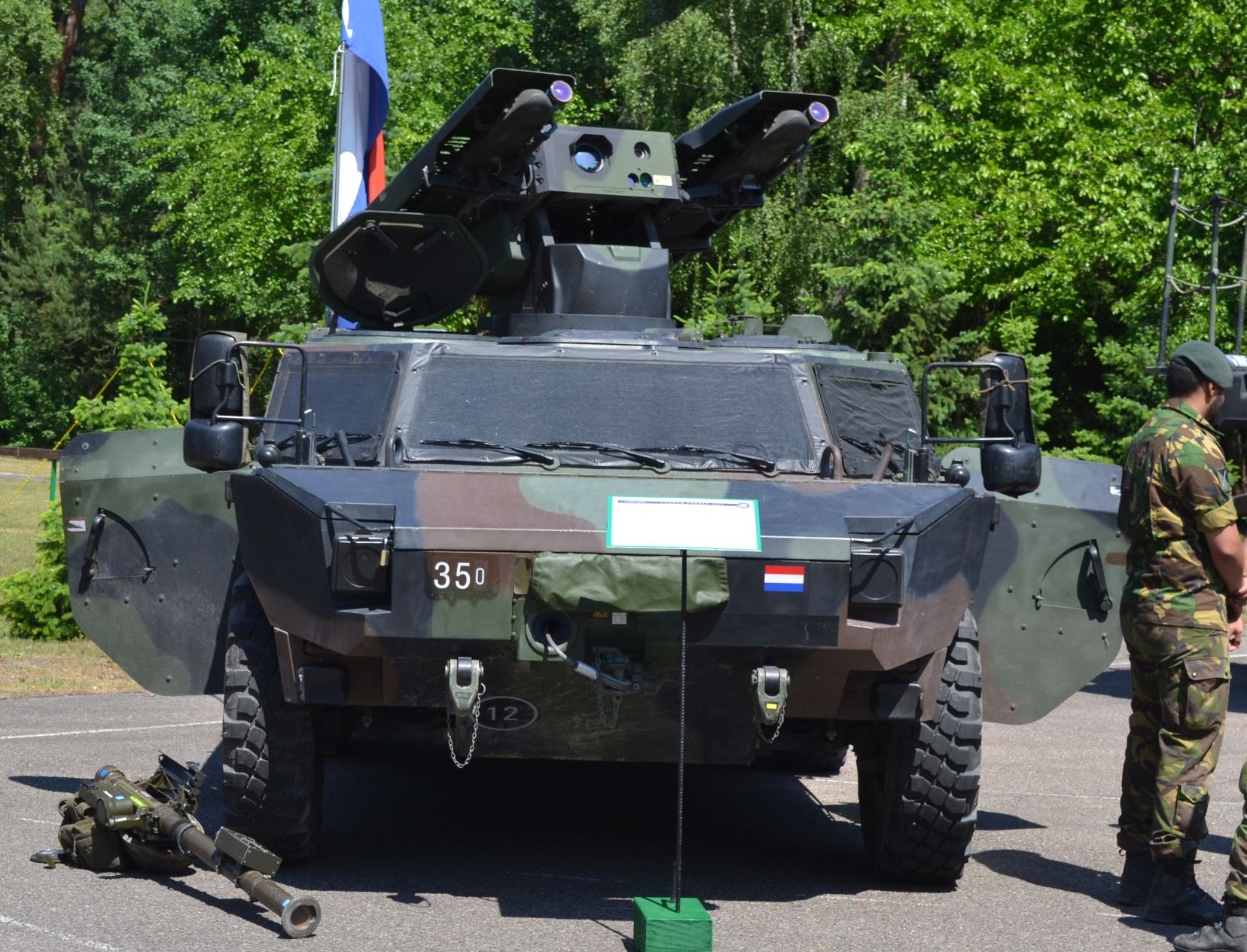
“Tobruq Legacy-19” exercise did not involve solely the actual live launches at the ranges, as it was also focused on airspace management systems integration. Interoperability of the communication systems was being tested as well. Solutions used for that purpose, when it comes to automation of the command-chain, have been created by the Polish industry. Thus one may say that there is a major potential available in Poland that could be used to create a new airspace management system tasked with integration of, for instance, SAM systems procured within the scope of “Narew” and “Wisła” programmes.
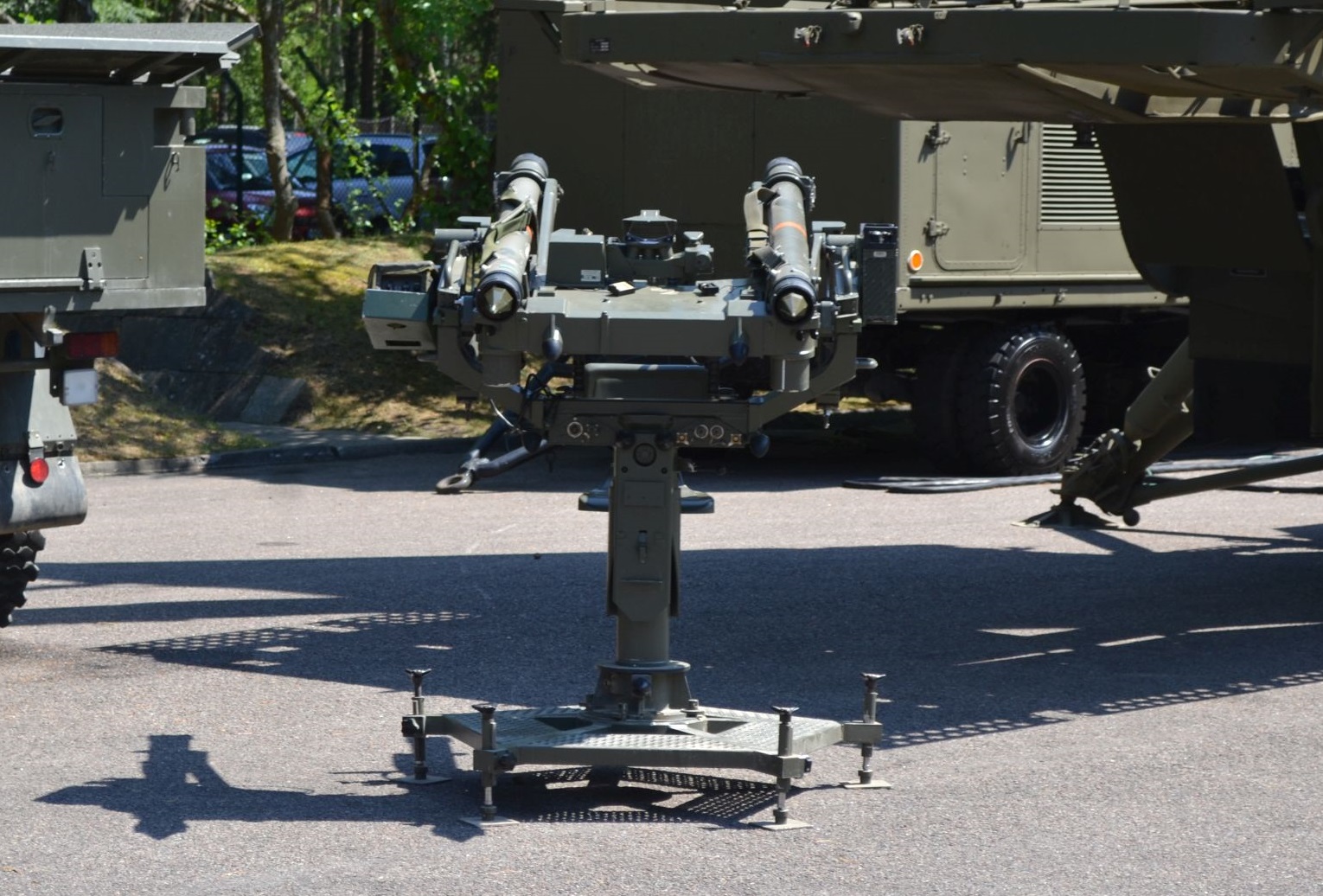
Polish Piorun Missiles - Far More Effective than MANPADS used by other NATO nations
The missile launches carried out during the “Tobruq Legacy-19” exercise have shown that not only are the Polish “Piorun” and “Grom” MANPADS manufactured by the Mesko company (belonging to the PGZ Group) comparable to their counterparts used by other NATO member states, but they are superior, at least within the domain of accuracy and effectiveness.
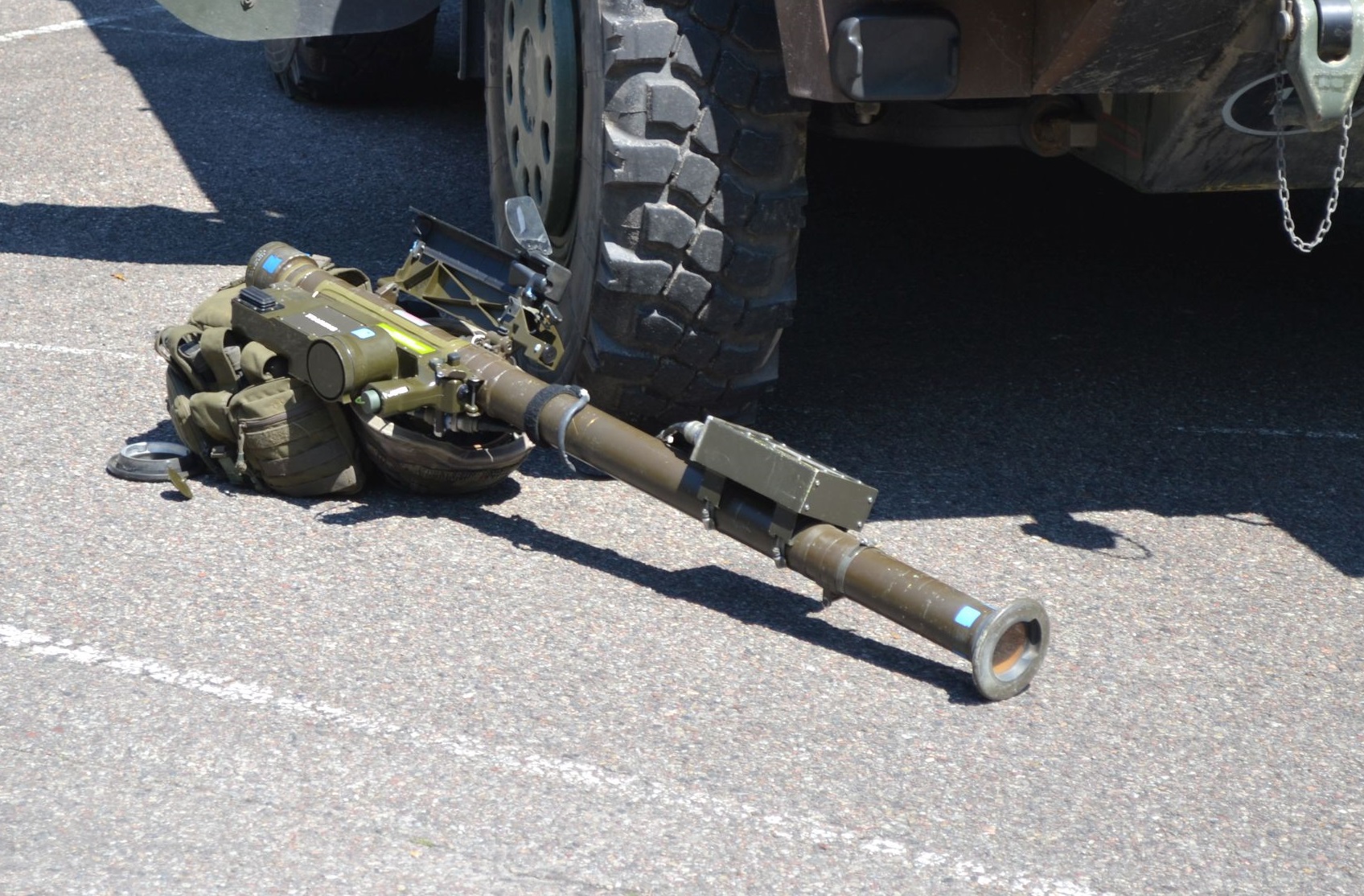
This was especially pronounced on 17th June 2019 when the journalists were given an opportunity to observe the activities of Slovak, Romanian and American “Igla”, “Stinger” and “Mistral” MANPADS and Avenger mobile SAM system operators. It is obviously impossible to carry out a fair and thorough assessment of that episode. However, the observed “Igla” and “Stinger” launches have shown that effectiveness of those missiles (accuracy and reliability) are not higher than 70%.
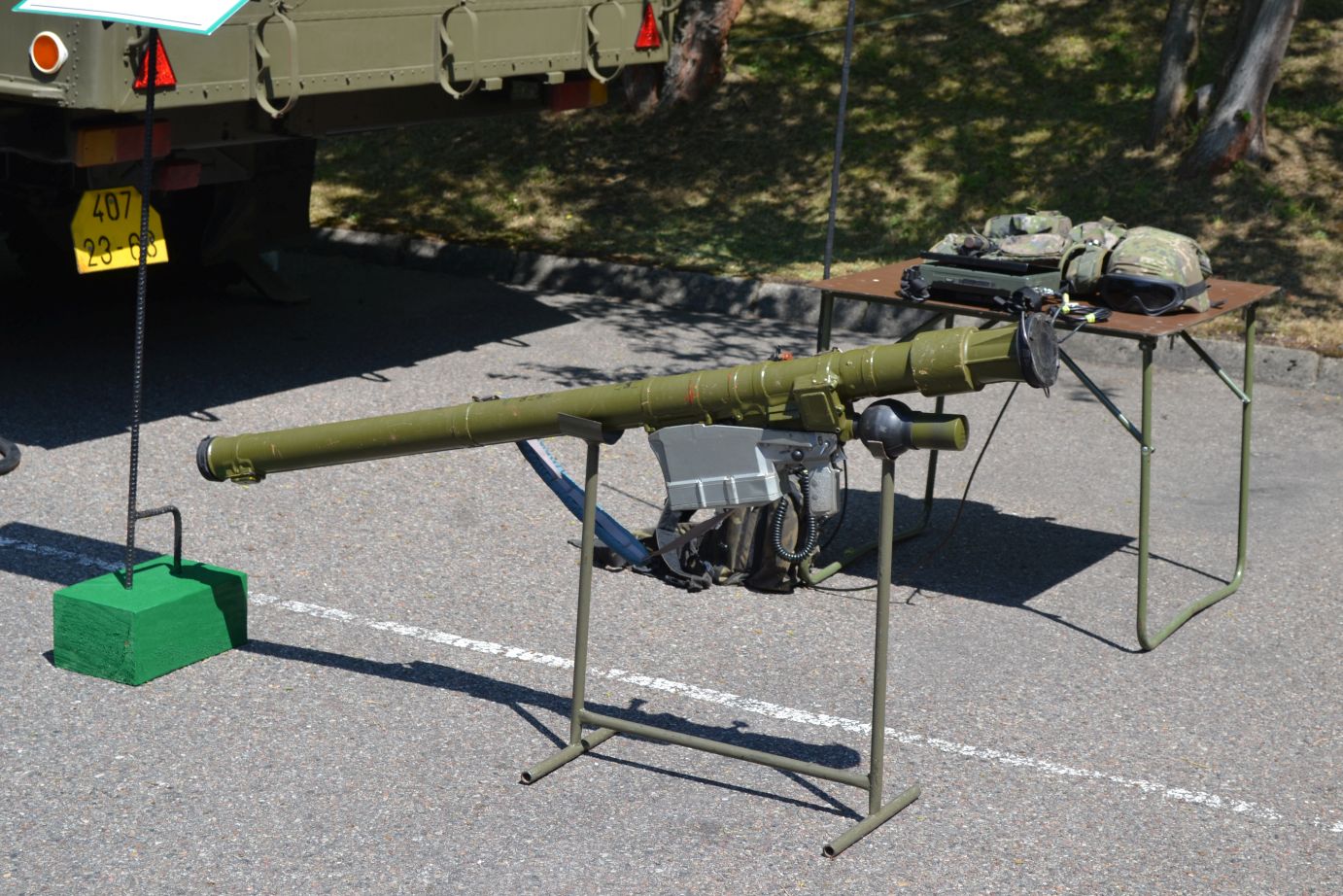
Meanwhile, over the last couple of months, Piorun MANPADS was fired 10 times (during factory and hand-off test procedures) and the tests have shown 100% of effectiveness. New generation seeker developed by Telesystem-Mesko is undoubtedly one of the factors contributing to the above accuracy stats. The seeker is based on photodiodes cooled on the basis of a new principle.
One could only have regretted that no confrontation of any kind, connected to a demonstration of the Piorun missiles, was organized there for the soldiers present there, coming from a number of countries, especially due to the fact that the Polish missiles have been tested against demanding targets, such as ICP-89 (missiles with diameters of less than 6 cm, 110.5 cm long, travelling at velocity of around 290 meters per second). Meanwhile, not only did the Slovak, Hungarian and Romanian soldiers achieve a lower hit-rate, as they were launching their missiles against a flare on a parachute. The Americans, meanwhile, were “destroying” small radio-controlled drones.
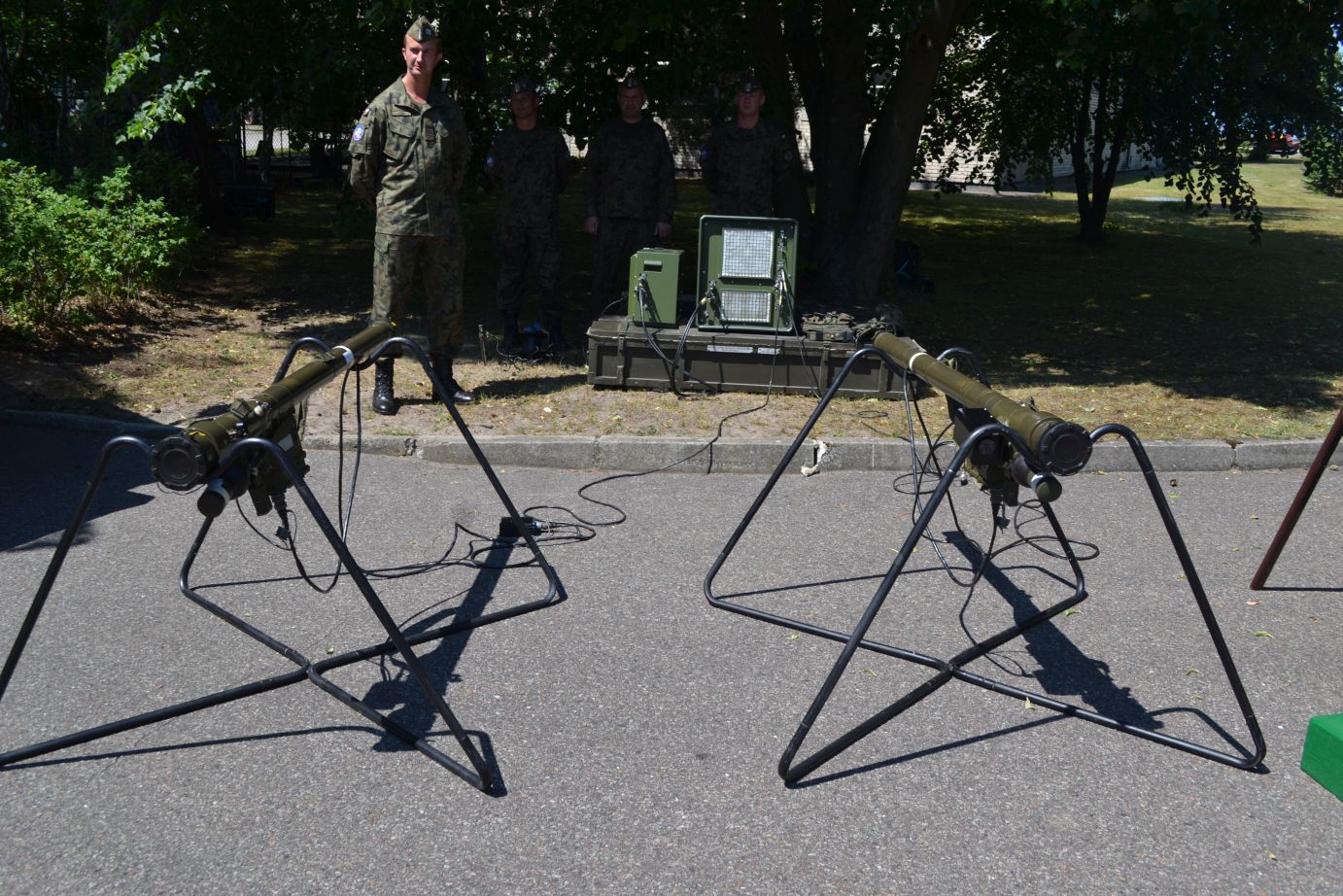
What should be acquired within the scope of the “Wisła” and “Narew” programmes”?
The situation remains dire when it comes to short and medium range SAM systems. The exhibition organized in Ustka featured both the equipment needed by the Polish military, as well as assets that can already be offered by the Polish industry, when it comes to the Polish air defence system.
Systems that have already been acquired by Poland within the scope of the “Wisła” programme were presented first, along with solutions proposed to the Polish military within the framework of the “Narew” programme. When it comes to the medium range assets, two types of Patriot launchers were showcased: “Dutch” one, in case of which the launcher system has been installed on a tracked semi-trailer, and “German” one, using the MAN 8x8 truck. Each of the launchers featured two training PAC-2 GEM containers - different from the effectors procured by Poland (PAC-3 MSE).
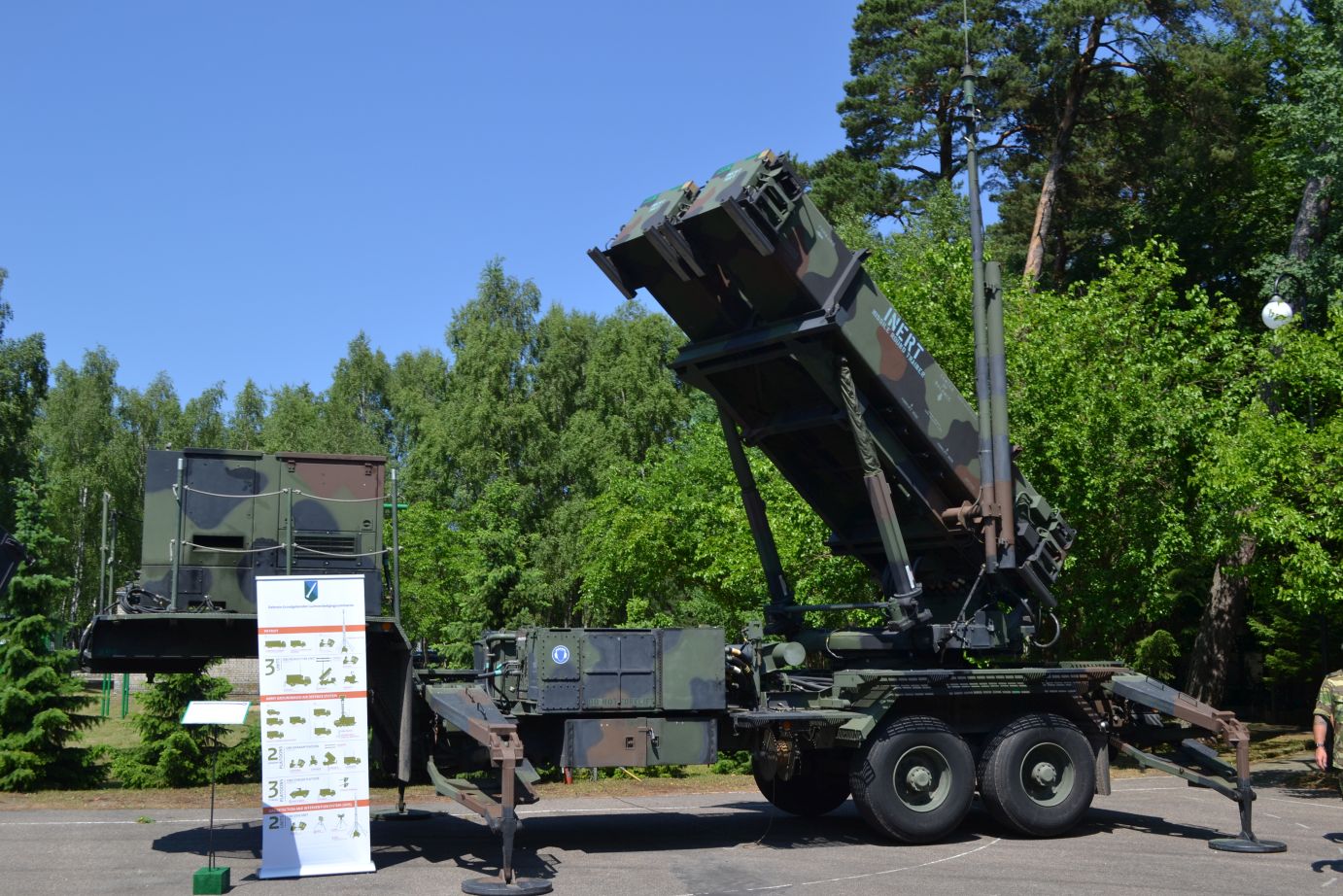
Even though selection of a medium range air defence system has already been made, in case of the short range solution the question still remains open. The Ustka range was used to showcase two solutions ranked among the top contenders, within the “Narew” program. The first one was a vehicle-based British Land Ceptor launcher with eight containers housing the MBDA CAMM missiles.
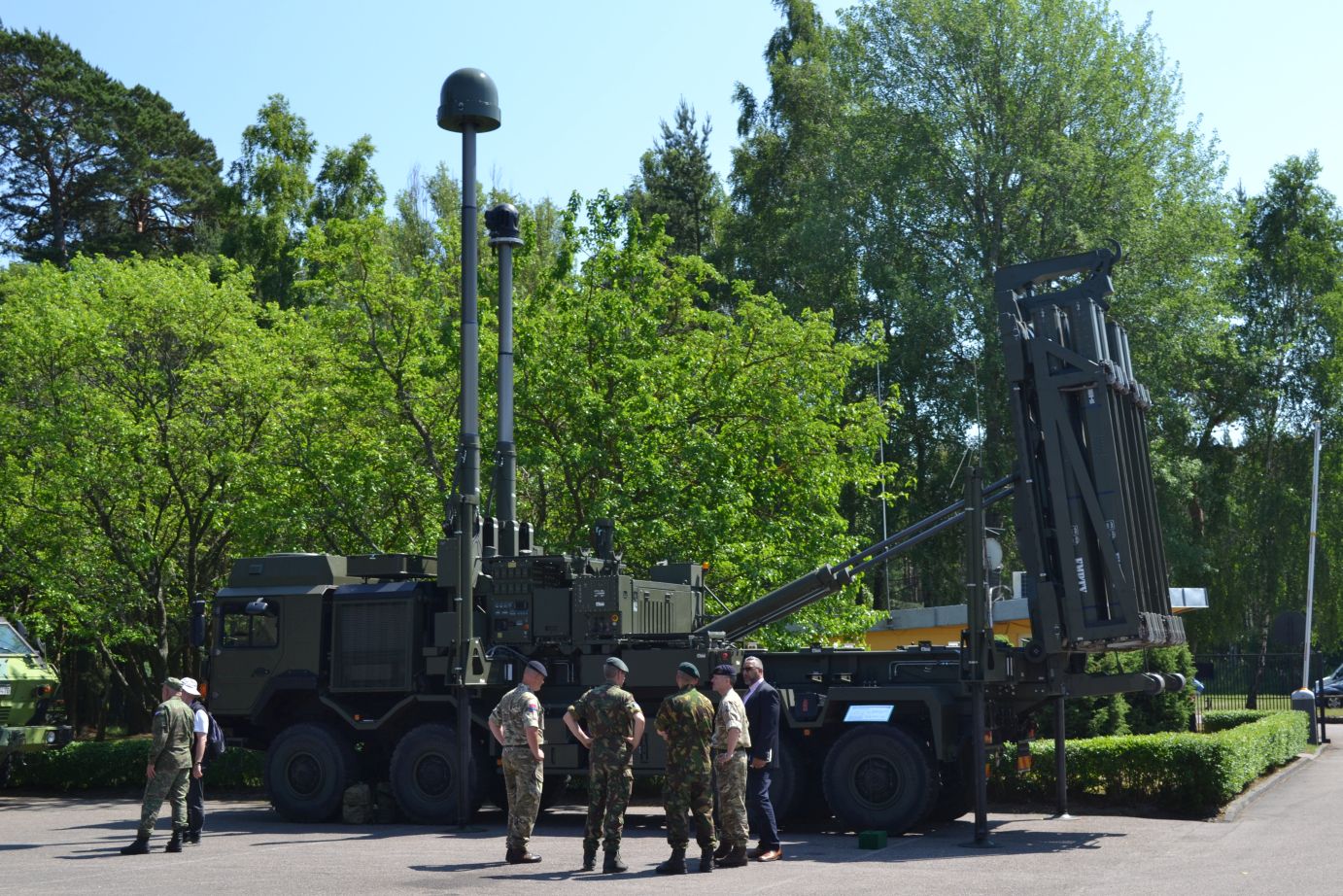
Kongsberg’s NASAMS system six-missile launcher was the second solution showcased. It utilizes the US-made AIM-120 AMRAAM missiles. In both cases, no radars were presented alongside the launcher. This gap has been filled by the PGZ’s PIT-RADWAR company.
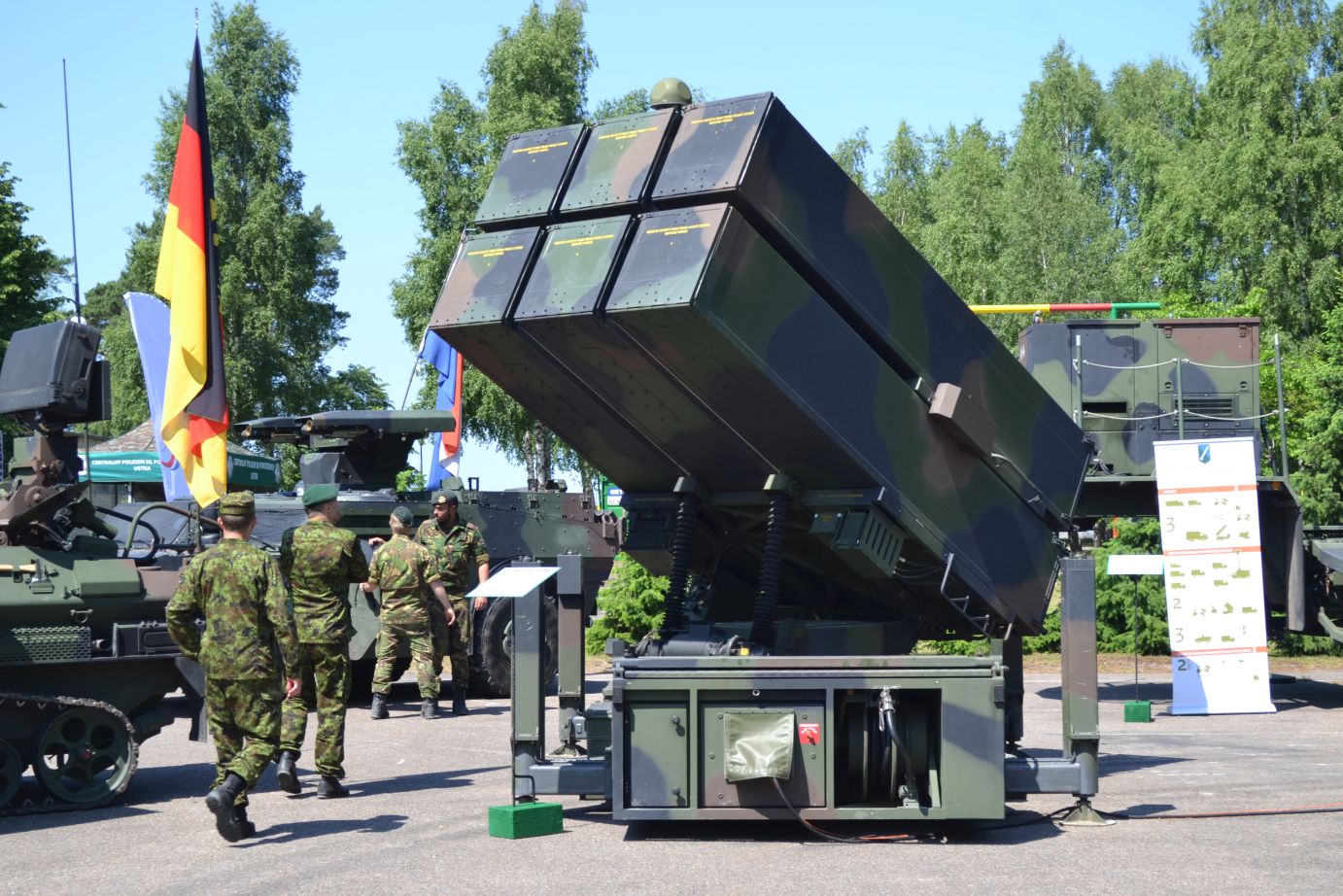
What Air Defence Assets Can Be Manufactured in Poland Now?
PIT-RADWAR company belonging to the PGZ Group presented three of its radars in Ustka, that could potentially reinforce the Polish air defence system. ZDPSR Soła deployable radar was the first system showcased. Soła represents a family of radars that could be employed in early warning role in SHORAD and VSHORAD solutions. It comes together with its cousin, Bystra. The company also presented its specialized missile system launch control radar - named Sajna.
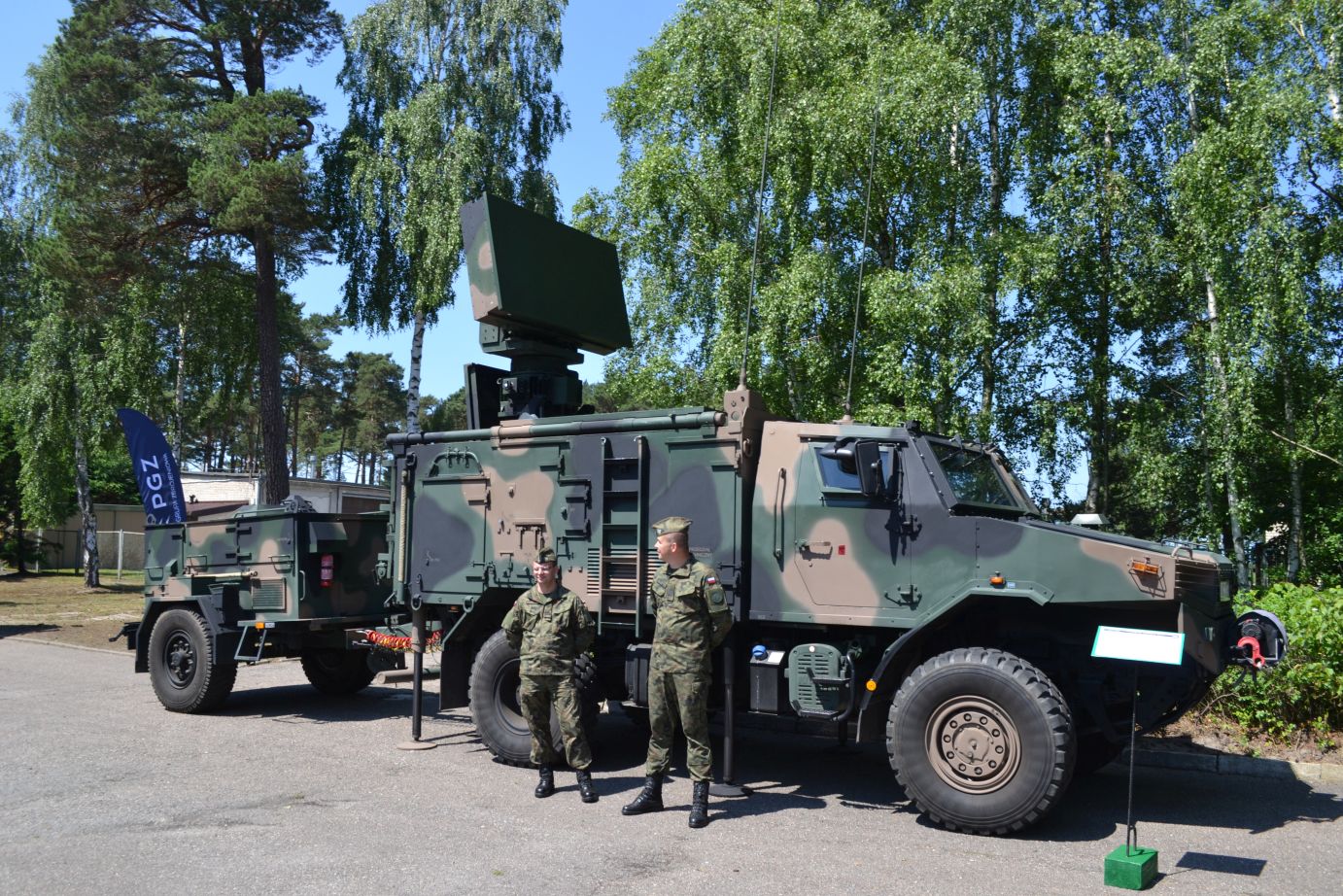
Soła is a system that has already been coupled with the mobile “Grom” SAM systems installed on vehicles as a part of the self-propelled Poprad SAM solution. Soła also works together with the AG-35 AAA systems. Both solutions above have been presented in Ustka as well.
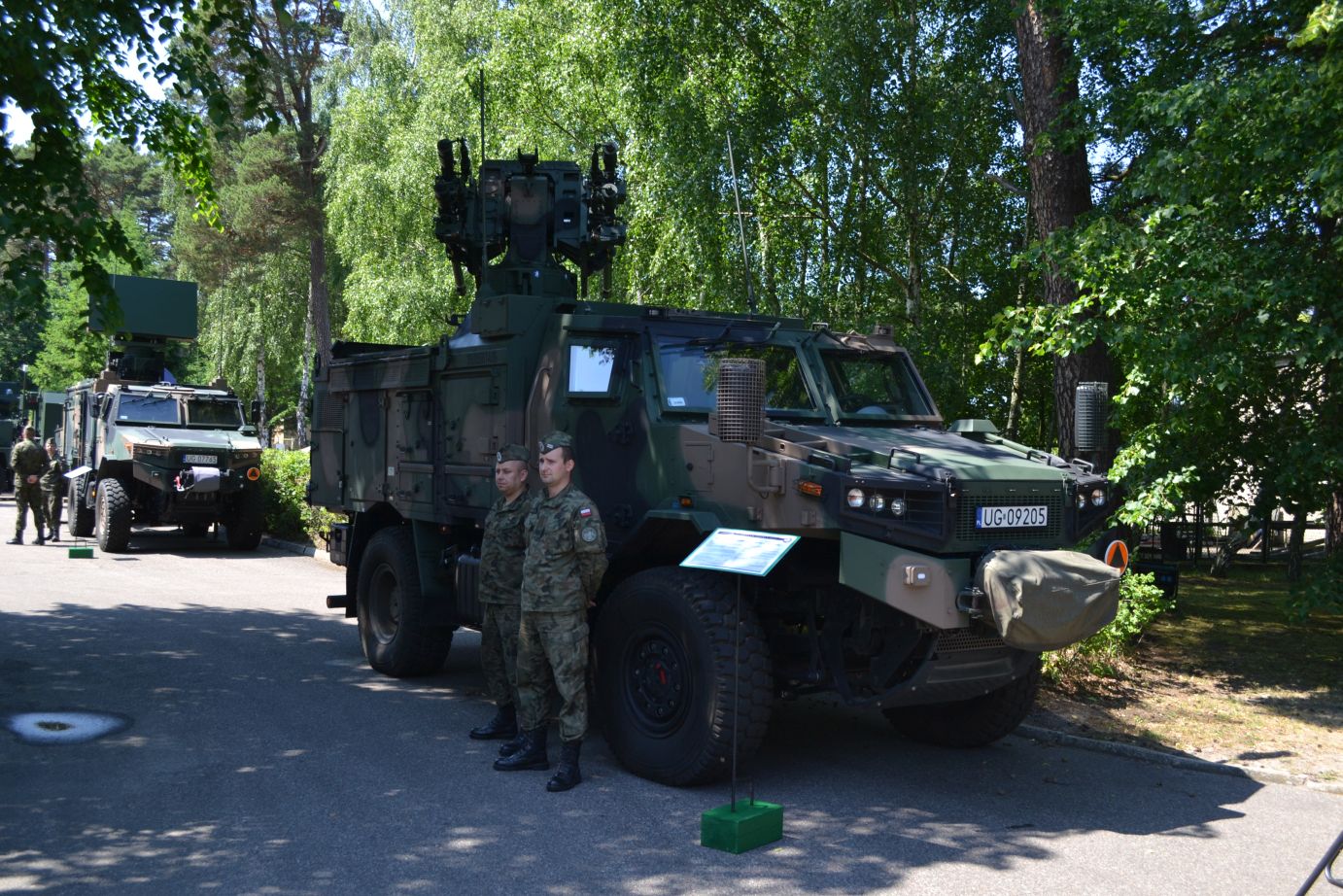
In case of the AAA solutions, HSW’s 35 mm AG-35 system was presented. The cannon features a hydraulic system for controlling its position, a hydraulically deployed chassis, drives subsystem, a subsystem for automatic positioning based on an INS solution, datalink/communications subsystem, power supply subsystem and integrated programmable ammunition subsystem that also measures the muzzle velocity of the fired bullets.
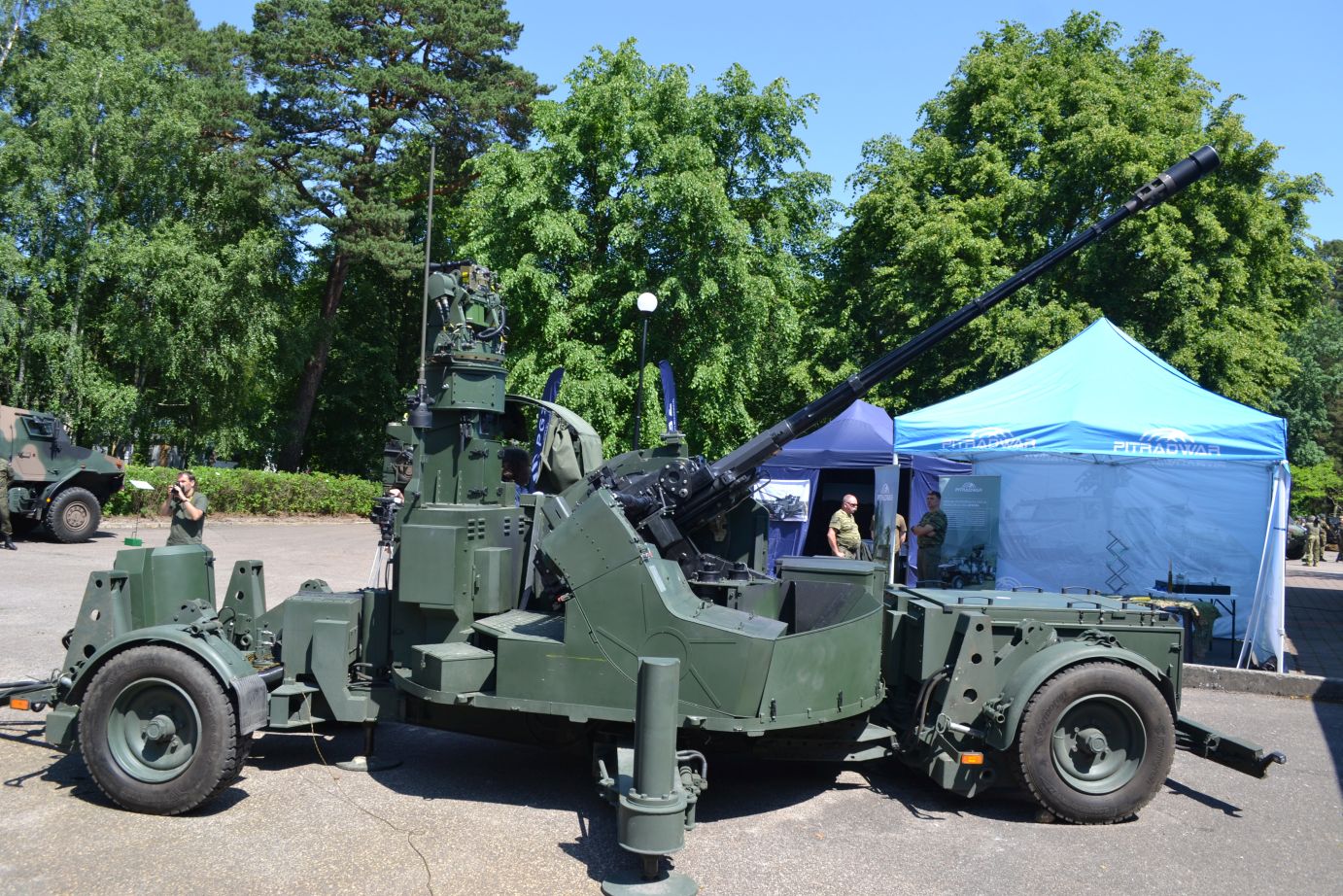
The 35 mm AAA solution showcased in Ustka was integrated with an optronic targeting system allowing for autonomous operation. Despite the above, WG-35 fire control vehicle was presented alongside, constituting a building block of the command system in the SHORAD/VSHORAD batteries.
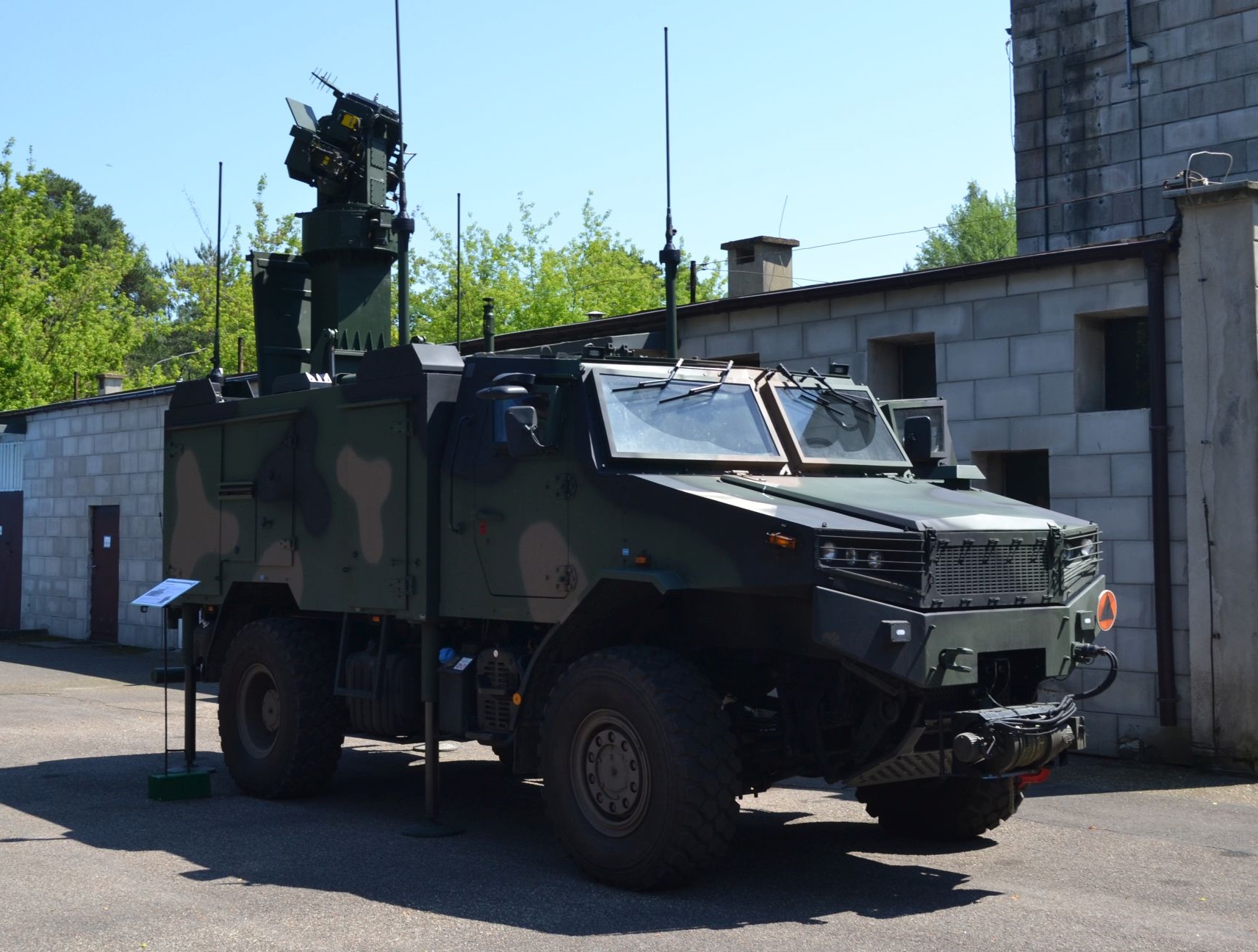
The main task assigned to this vehicle is to receive initial airspace situational data from a higher command level or from a local radar, and then it intercepts and tracks the indicated targets with the use of its own multi-sensor optoelectronic detection system and a videotracker unit. The command and control system implemented on the vehicle makes it possible to transfer the target tracking data to fire systems - usually AG-35/A-35 AAA solution (up to 8 examples). Whereas each of the WG-35 systems can configure a single target tracking channel.
Bystra and Sajna radars could become a part of SHORAD batteries. Meanwhile, two other radars presented by PIT-RADWAR during the “Tobruq Legacy-19” exercise may boost the early detection capabilities of the “Narew” and “Wisła” systems.
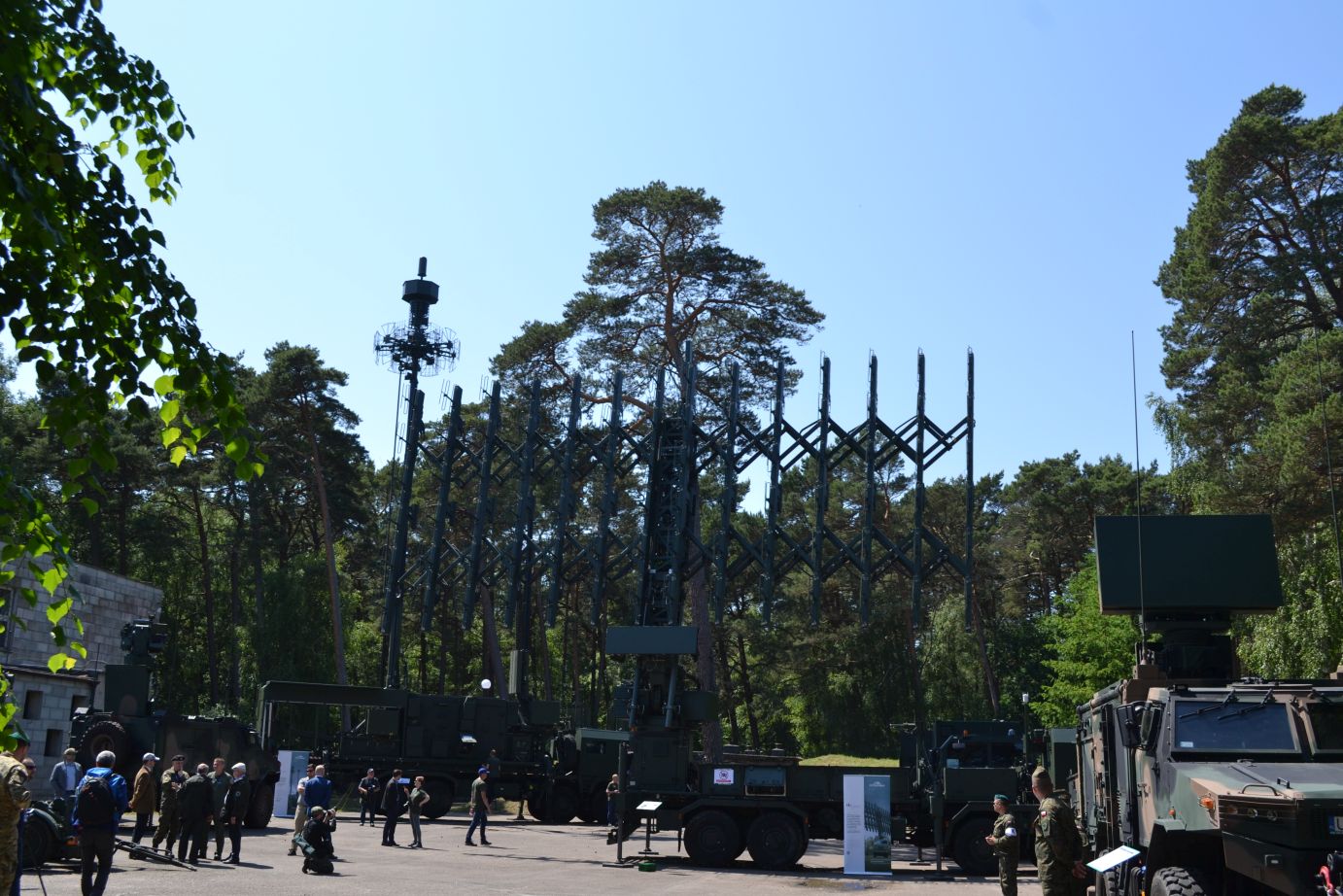
Two radars as such were demonstrated in Ustka. Ability to detect stealth aircraft is one of their primary features. In case of the P-18PL radar that has been publicly presented for the first time, the above has been made possible through employment of the VHF frequency range. Not only does this bandwidth make it easier to detect objects of small RCS, it also makes it more difficult to use anti-radiation missiles operating outside that band. The success is even more pronounced as the manufacturer uses an active electronically scanned array (azimuthally and in the elevation plane, despite the rotating base of the antenna).
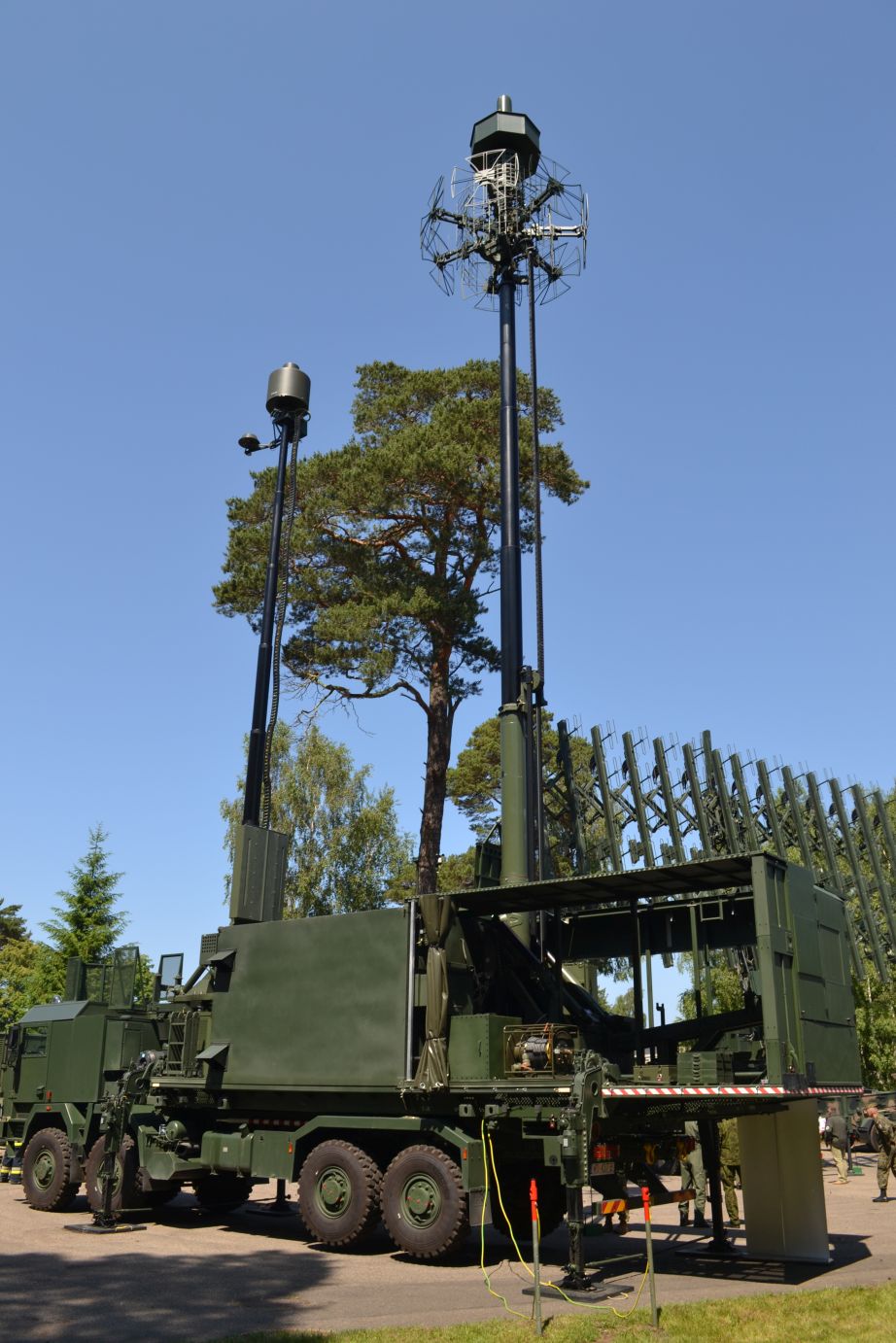
In case of the PET/PCL (Passive Emitter Tracking/Passive Coherent Location) system, stealth aircraft can be detected thanks to the unique operational principle. It is a fully passive system detecting air threats without emitting its own signals. The system employs two methods to achieve that: PET - Passive Emitter Tracking - tracking the electromagnetic radiation generated by the onboard systems of the observed objects, including radars, datalinks, IFF systems and navigation systems and PCL - Passive Coherent Location, making use of the reflected signals emitted by the so called occasional emitters. The latter have no relationship whatsoever to the tracked object and include FM radio, DVB-T digital TV and GSM systems.
The presented radar is one of four main elements of the multistatic PET/PCL solution. They are deployed separately, but they are also identical, software- and hardware-wise. One of those radars plays the “master” role, gathering the data from the remaining PET/PCL units and maintaining communications with the higher level C2 system.
Read more: MSPO 2017: Polish Radar Capabilities
